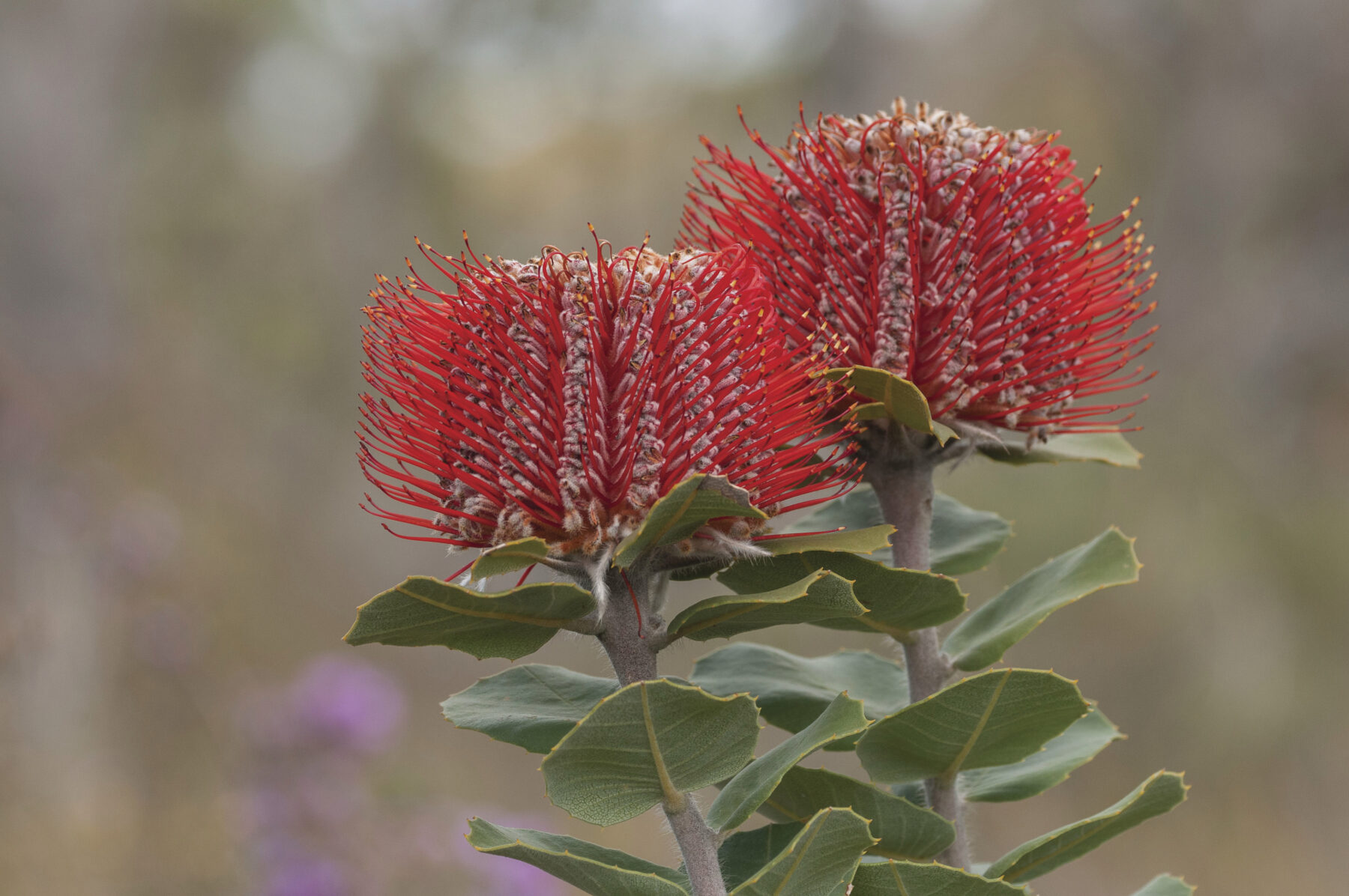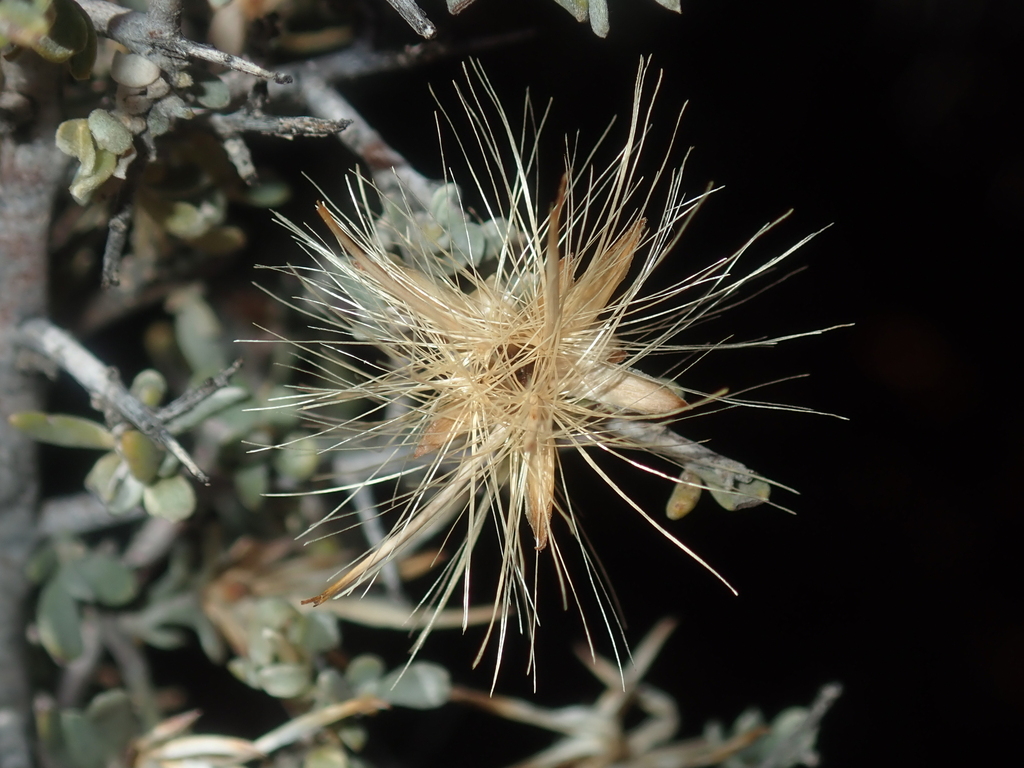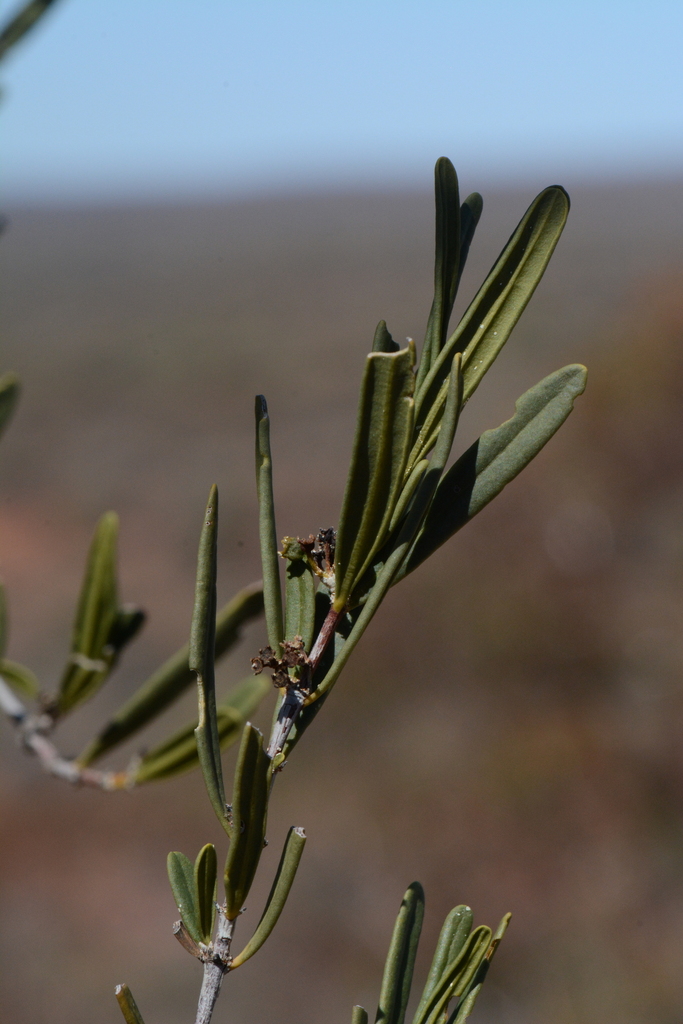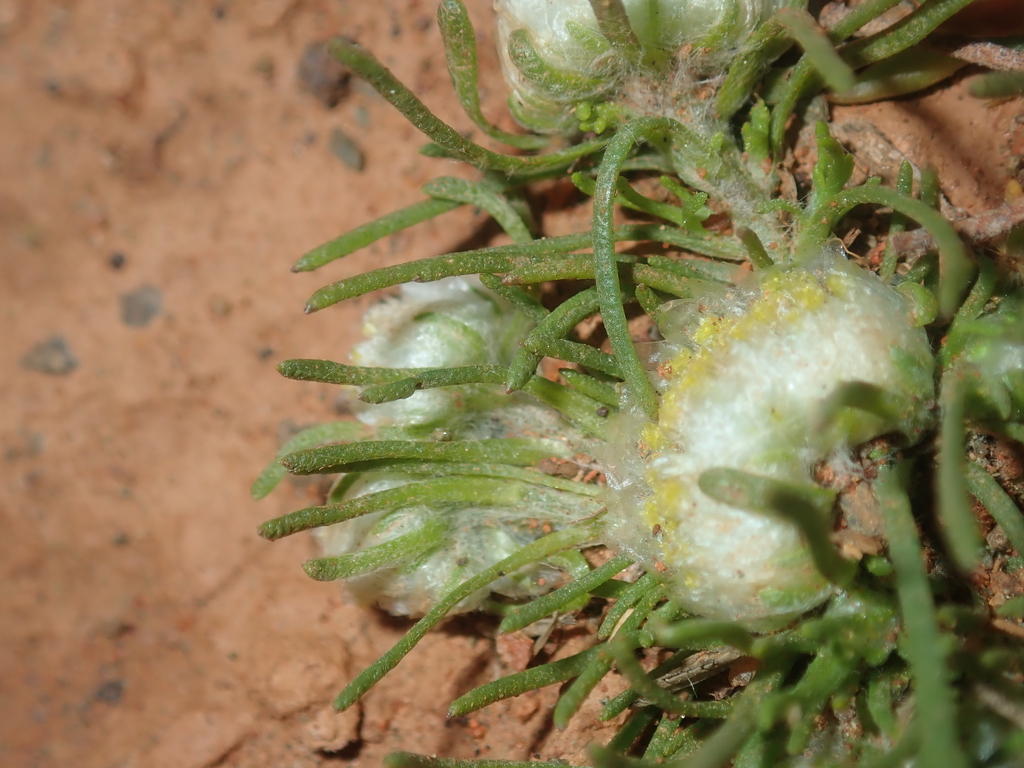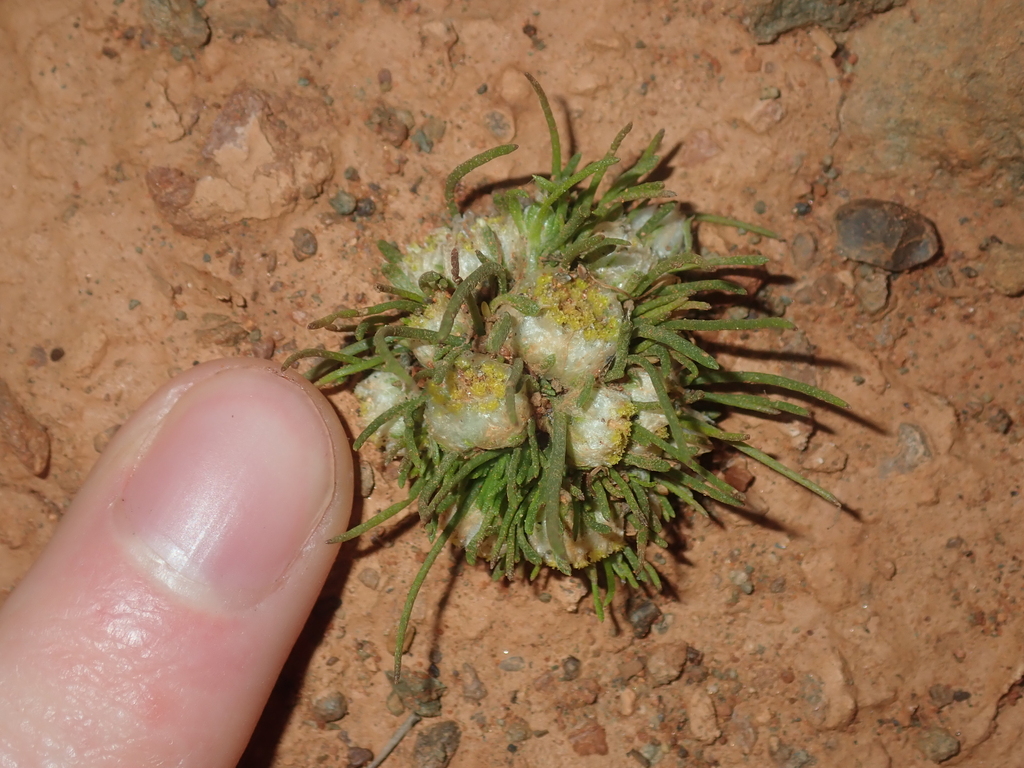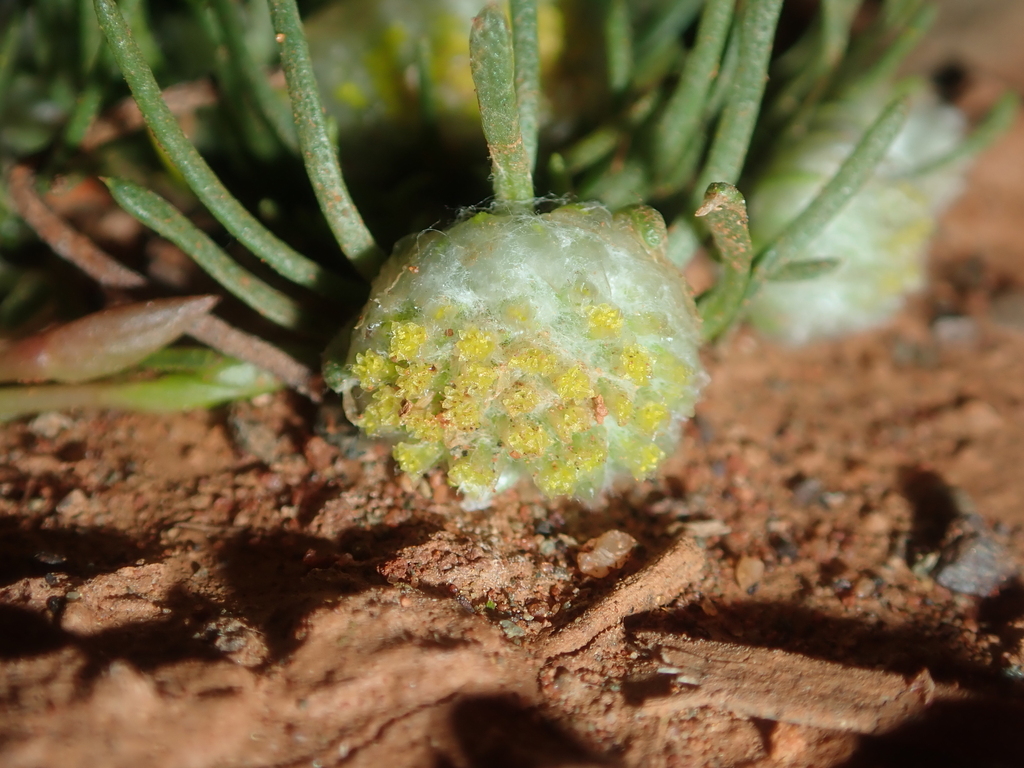Scientists want your plant photographs

For a plant species to be officially recognised by science, at least one physical specimen must be stored in an institution’s herbarium somewhere in the world.
However, photographs of species are not mandatory.
“At the moment photos are treated as the icing on the cake,” says Thomas Mesaglio, PhD Candidate at UNSW’s Evolution & Ecology Research Centre.
But in a paper recently published in the science journal New Phytologist, Thomas and his colleagues argue photographs of plants are an “invaluable resource for botanical research, conservation and education, capturing information that can be lost from dead, dried plants.”
“A lot of people obviously realise the importance of having specimens in herbaria because they’re a valuable reference material, you can go back and take tissue and DNA samples from them, you can examine small features under microscopes, but photographs can often capture features that are lost or absent in specimens,” explains Thomas.
“For example, if you encounter a very tall eucalypt, you can’t sample the entire tree, or if you have plants that might have stinging hairs or spines or caustic sap, it can often be difficult to collect those. So having photographs of those species is a really great way of showing what the whole plant looks like, rather than the small specimen that may be present in a herbarium.”
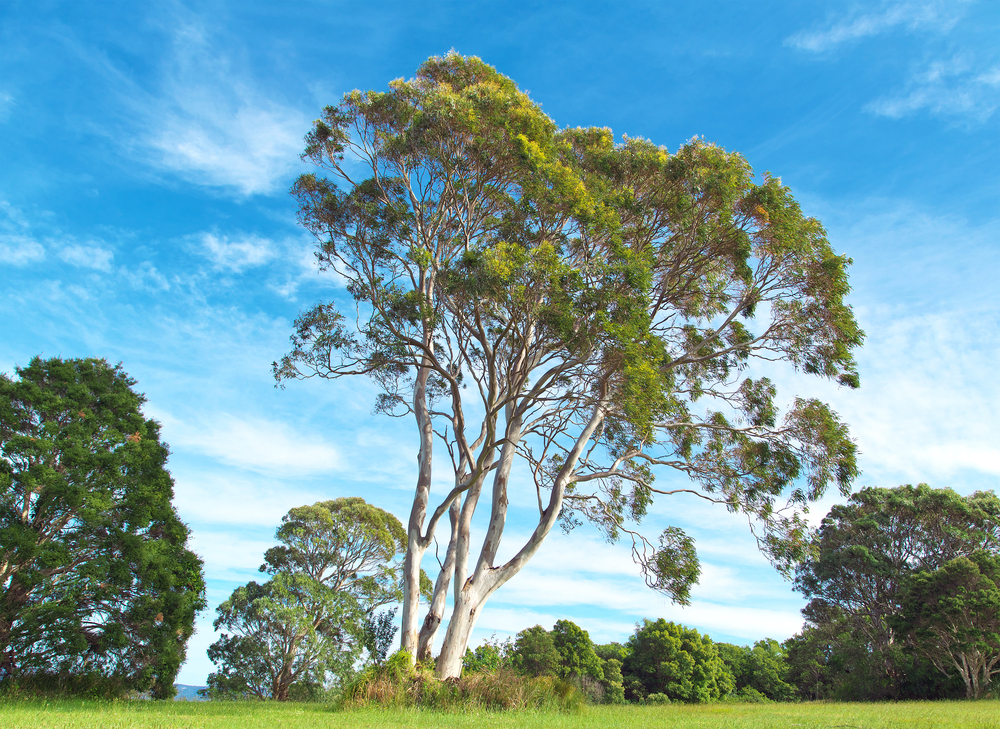
Because of these benefits, Thomas believes photographs “should become more of an entrenched feature that’s not quite, but almost on par with physical specimens.”
He adds that including photos in online plant databases also makes the work of conservationists and threatened species ecologists much easier.
“A lot of these professionals will go out into the field and conduct threatened species surveys and try to find rare and endangered plants, and if they have a photograph or a set of images that makes the job a lot easier than just comparing to a big block of text.”
Thomas says photographs are also a valuable public engagement and education tool: “If you’re trying to engage school students or the next generation of scientists, the effective way to do that is with photographs and images.”
Australia’s underrepresented species
The research paper reveals that in a survey of 33 major online plant databases, of the 21,077 native Australian vascular plant species, 3715 (18%) do not have a single field photograph on record.
“Eighteen per cent was a bit higher than we were expecting,” says Thomas.
“If we had done this study maybe 10 or 15 years ago, it would perhaps be not so surprising, but nowadays, given the ubiquitousness of digital camera technology – especially with phones – everyone has a pretty decent digital camera in their pocket at all times. So it was somewhat surprising that the number was that high.”
The study also identifies the most underrepresented locations, with Western Australia home to 52 per cent of the country’s unphotographed species.

Three major ‘hotspots’ for unphotographed Australian plants are also identified as:
- Northern Australia, from the Kimberley to Arnhem Land
- Queensland’s Wet Tropics World Heritage Area
- The Stirling Range and Fitzgerald River National Park in southwestern WA.
These regions all have something in common – they’re remote environments. Meanwhile, most species across the southeastern states are well-photographed.
Am I not pretty enough?
The most undocumented plant family is Poaceae (grasses), with 343 unphotographed species. At the other end of the spectrum is Banksia, with all 176 species photographed.
This is due to what researchers call a ‘charisma deficit‘, meaning not-so-glamorous species are neglected (it happens with animal species, too).
So it’s not surprising that most of Australia’s flowering plants have very comprehensive, or even complete, photographic records. Yet, small herbs, plants with tiny or dull flowers, as well as grasses or sedges, are missing from record.
You can help fill in the gaps
Although images taken by botanists and taxonomists account for the majority of validated photo records, Thomas and his team are urging citizen scientists to take on the challenge to help fill in the gaps.
They have produced a searchable list of all Australian native plants lacking photographs.
“We hope this list stimulates both professional and citizen scientists to track down these species and add photographs to public, discoverable repositories,” says Thomas.
But this is no easy feat. As detailed earlier, many of the species on this list can only be found in remote locations. They’re also not particularly eye-catching, making them hard to spot.
The missing images could also require a different kind of hunt, as they may already exist.
“Some of these ‘unphotographed’ species have actually been photographed, but they’re just not in the databases,” says Thomas.
“They may be slides in someone’s desk drawer or on a hard drive somewhere, appear in possibly out-of-print field guides and books, be behind paywalls in the scientific literature, or are not currently identified due to a lack of other comparison photos.”
Either way, whether its finding one of the plants in the field and photographing it, or finding an exisiting photograph, both tasks require time and dedication.
But the pay-off would be worth it, says Thomas. Verified photographs will not only help science and be added to official plant databases, they could also end up in identification guides.
“So there’s a little bit of personal glory as well,” says Thomas.
Desert discoveries
Citizen science organisation Desert Discovery led its own expedition to Western Australia’s Yeo Lake Nature Reserve last year, in search of some of the unphotographed plants species.
Thomas joined the group, which found and photographed not just one, but five species on the list: Cratystylis spinescens, Psydrax suaveolens, Stenopetalum salicola, Olearia eremaea and Jacksonia arida.
“I was pretty chuffed,” says Thomas.
“Especially about one in particular, the Olearia eremaea.”
This is because not only was there no photograph on record of the Olearia eremaea (a daisy bush), but the plant itself is also extremely rare.
“This one was a genuinely rare one, and it seemed to be one that genuinely – to our knowledge at least – had never been photographed in the wild at all, anywhere.
“And it was described back in 1990, so it had been hanging around without photos for a while.”
Are you up to the challenge?
If you think you’ve found one of the unphotographed plants on the research team’s list, submit the image to the iNaturalist app.

